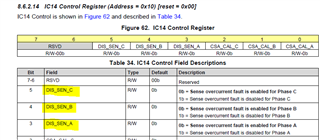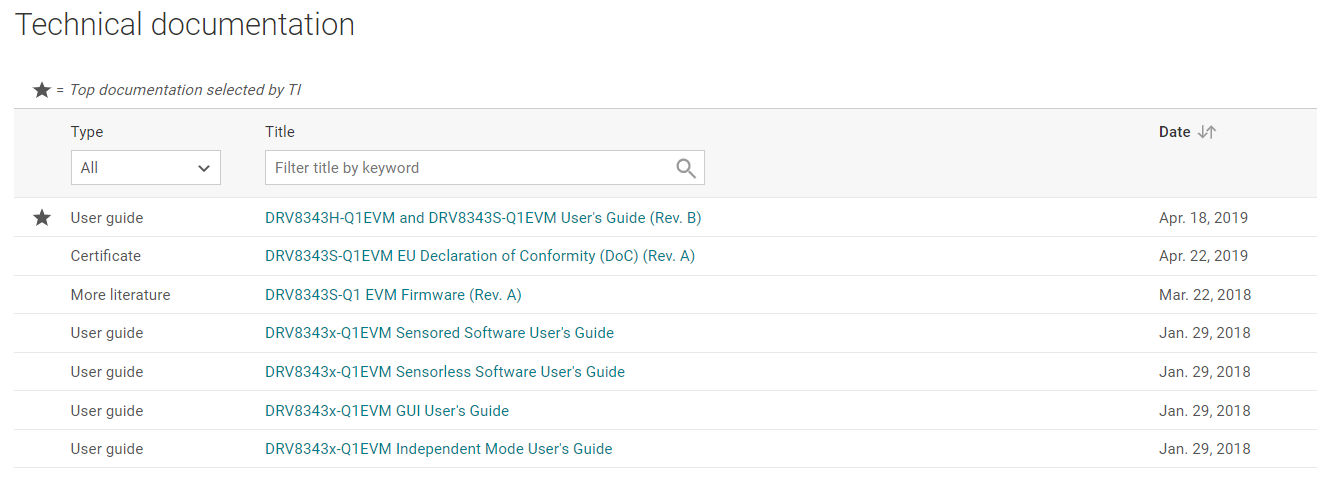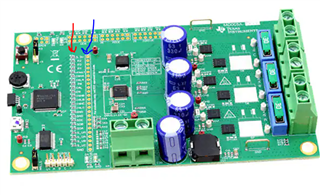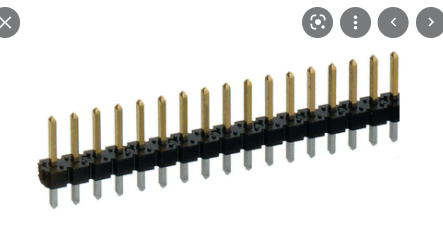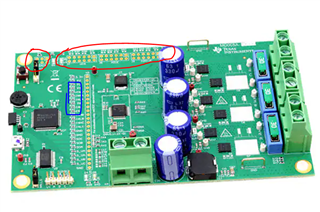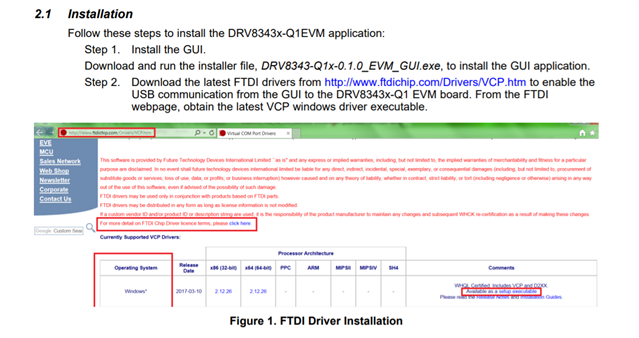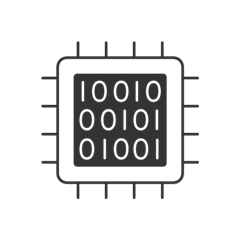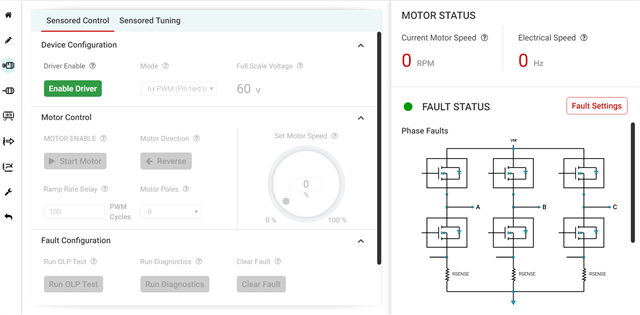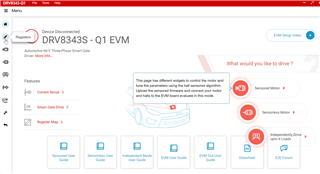Other Parts Discussed in Thread: DRV8343S-Q1EVM, DRV8343-Q1, MSP430F5529
Hi experts,
I wonder know if I can use this EVM board to test DRV8340H?
Like directly replace DRV8343H by DRV8340H.
What features do I need to care?
Otherwise, I saw there is a hall sensor pin in EVM.
Does it have hall sensor soldering space on EVM?
How could I accomplish testing by DRV8340H+Hall sensor on DRV8343H-Q1EVM?
BR,
Thank you.


